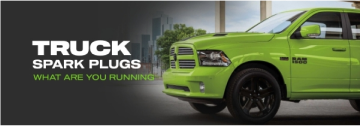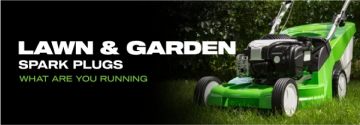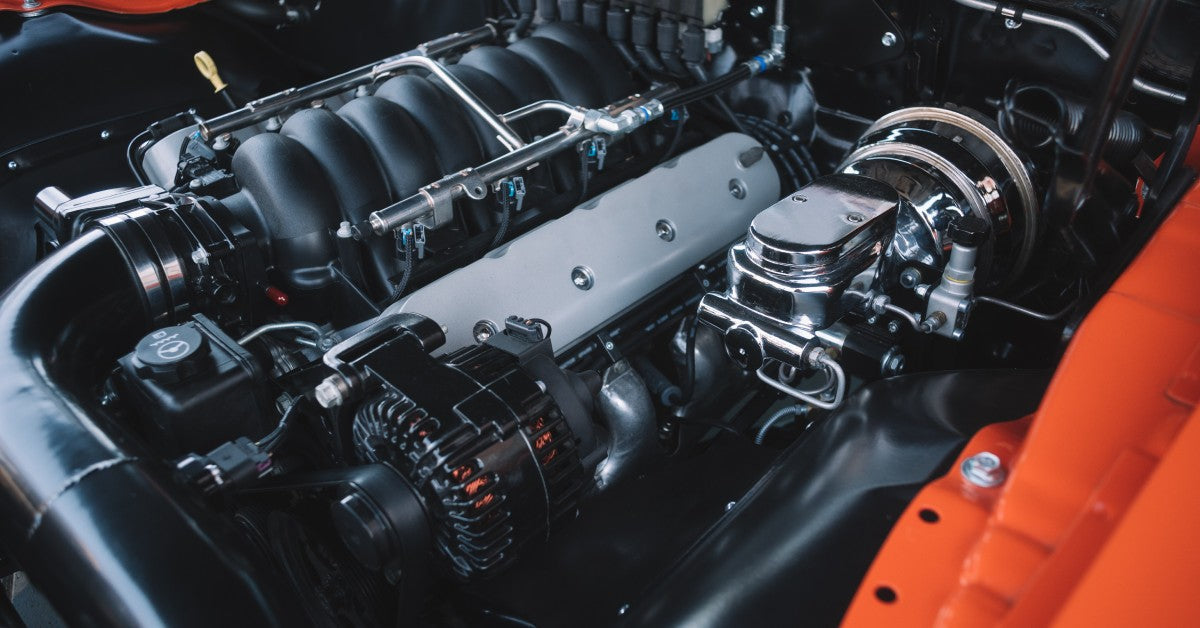

Lexus’ self-driving car concept was unveiled a year ago. Experts say we can expect SDCs to be the norm within just a few decades.
It’s been the stuff of science fiction for decades. But in just a decade, self-driving cars will be on pace toward becoming the norm, according to data from a new study by IHS Automotive, a provider of global market and economic information.
Researchers predict that annual sales of autonomous cars will surge from 230,000 in 2025 to upwards of 11.8 million by 2035. The cumulative result – 54 million driverless cars in use around the world, with as many as a third of them right here in the good ol’ USA. In fact, by 2050, nearly all private and commercial vehicles built will be self-driving.
While the notion of millions of vehicles on the road with no one at the steering wheel might seem a bit unnerving, experts believe it self-driving cars (SDCs as they’re becoming known) will actually make America’s roadways safer.
“As the market share of SDCs on the highway grows, overall accident rates will decline steadily,” Egil Juliussen, principal analyst for autonomous driver-assisted systems at IHS Automotive and a co-author of the study, told reporters. “Traffic congestion and air pollution per car should also decline, because SDCs can be programmed to be more efficient in their driving patterns.”
America’s carmakers clearly are on board with IHS’ predictions. Virtually every major automaker is nose-deep in developing self-driving technologies. Some already have unveiled concept cars at auto and electronics trade shows. A year ago, Toyota debuted a Lexus research vehicle equipped with devices that allow it to detect and automatically respond to surroundings. And Audi showed off its SDC concept that allows a driver to choose whether to remain in control or let the car take over.
The first class of SDCs will have limited automated capabilities. More sophisticated systems that can operate autonomously in complex conditions, such as in traffic jams or construction zones, will show up in the 2020s and progress steadily with applicable technologies. And yes, they’ll be a bit pricier than old-school drive-it-yourself vehicles. They’ll add between $7,000 to $10,000 to sticker prices in 2025. But like other technologies, price increases will level out and begin to drop by 2030.
So what’s the hold up now? Software reliability and cybersecurity issues are still being perfected. And of course, governmental involvement will be a major factor as legislators work to set all the applicable rules and regulations.
What do you think E3 Spark Plugs? Will you be the first in line to buy an SDC? Post your thoughts on the E3 Spark Plugs Facebook Fan Page.







